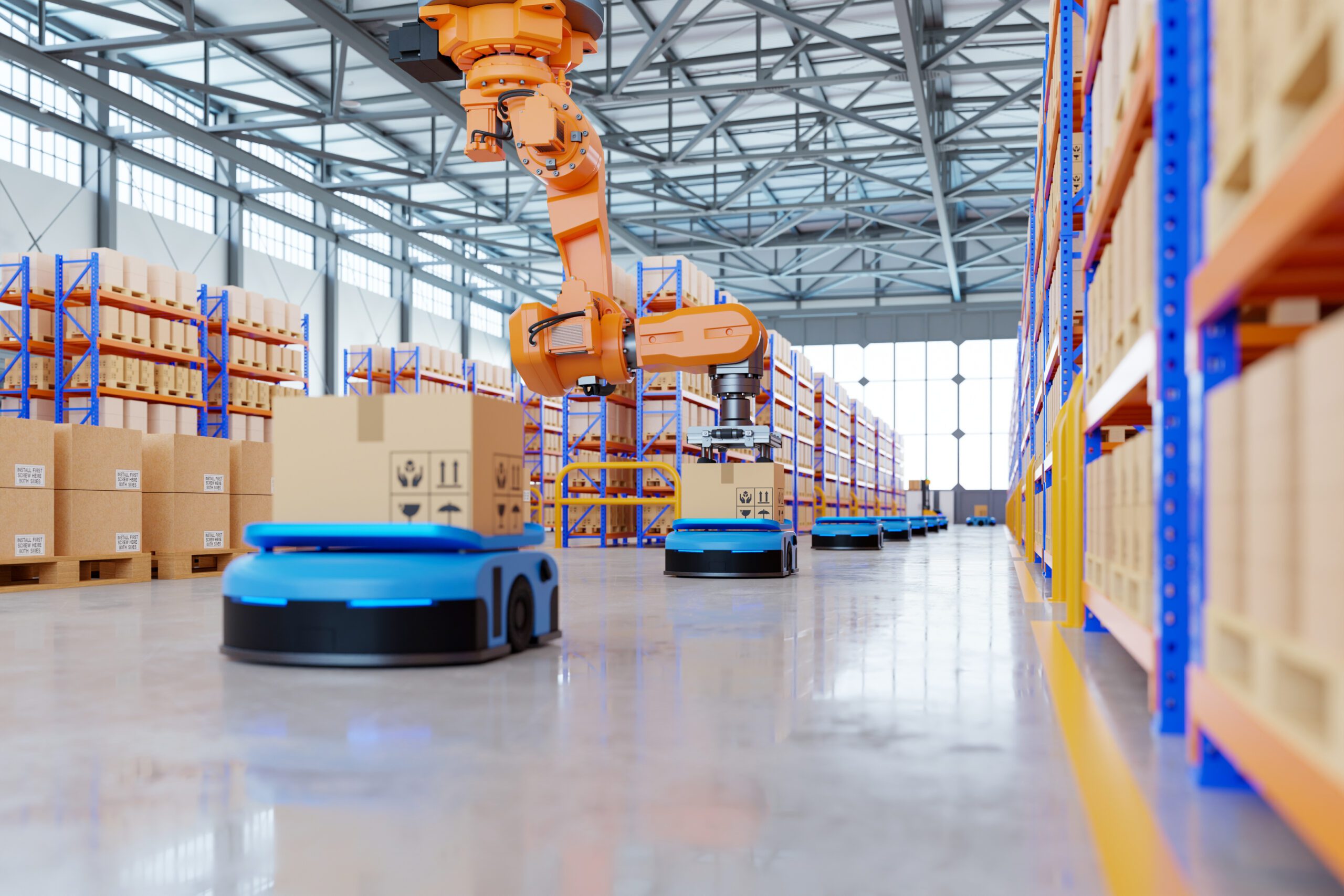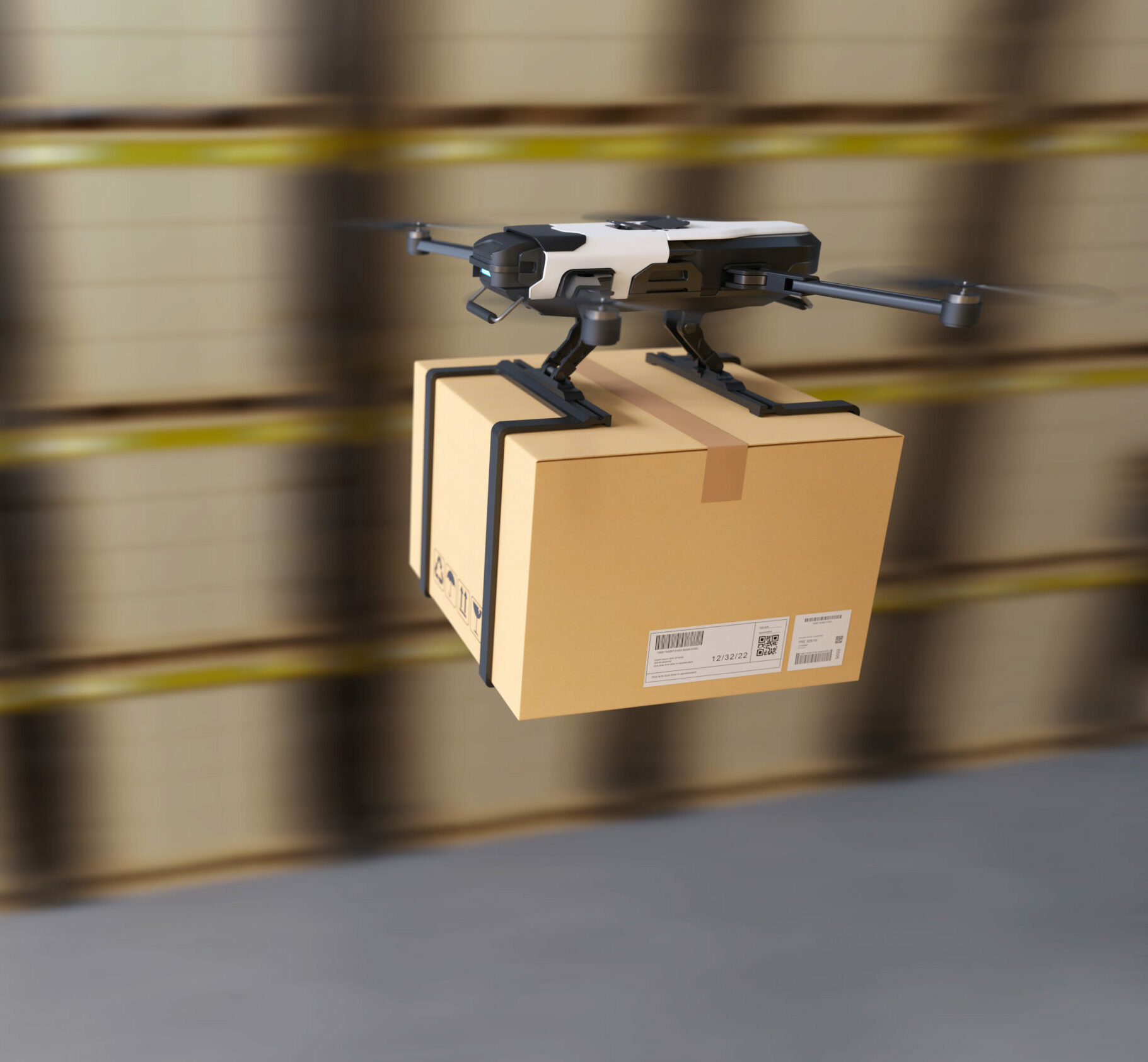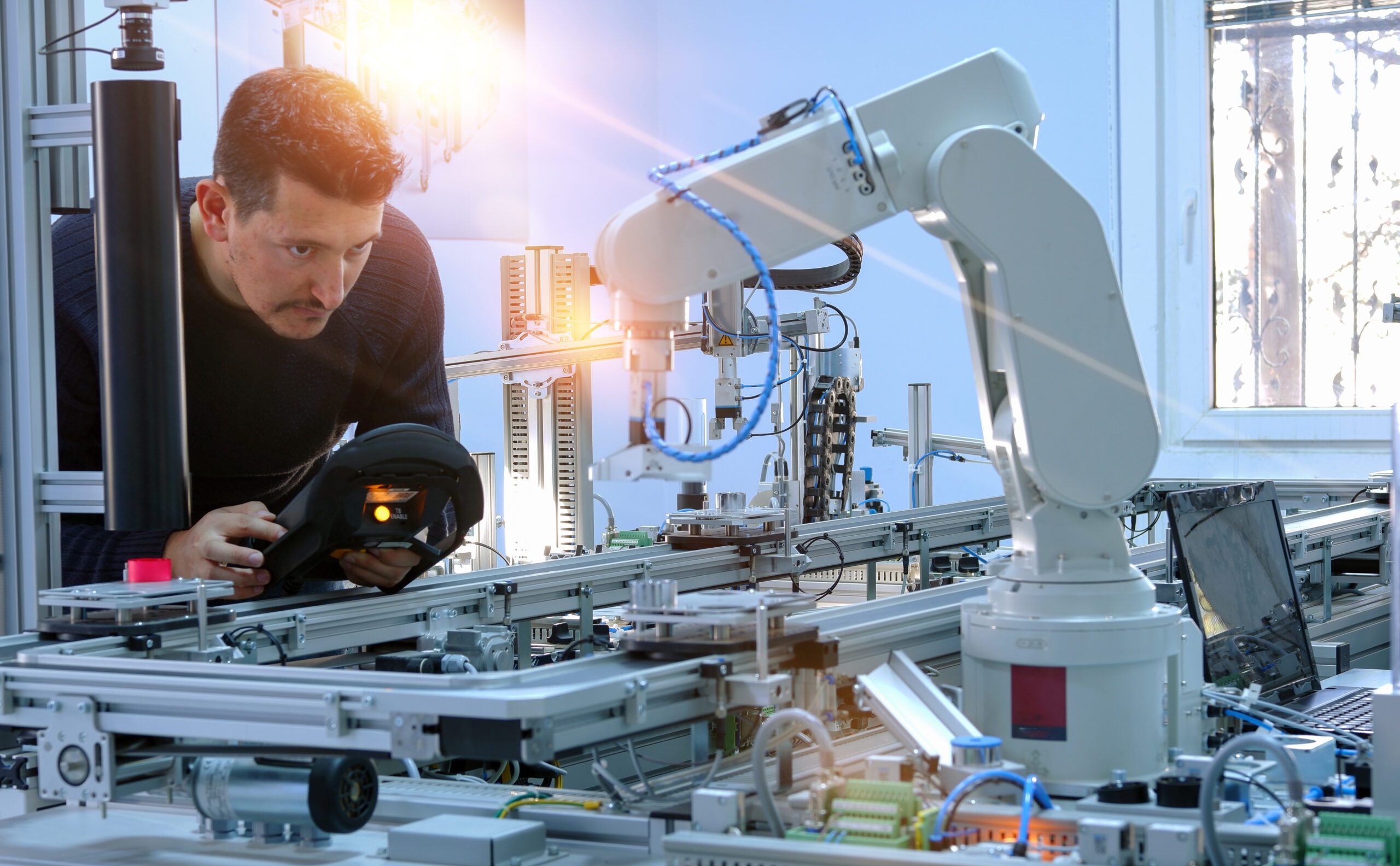
Inside The Warehouse
How People, Processes and Robots (!)
all keep the supply chain moving
You leave any motorway service station in the UK, full of fast food and topped up with petrol. What’s the next building you pass? The huge box-shaped building just past the junction? If you said ‘warehouse’ you win… well, you might win a rewarding career in a growing, modern industry. But save that bit until later. Inside those big, boring boxes you’ll find a hive of activity. Some seriously busy bees. Highly skilled people and expertly mechanised processes, all working to make sure the supply chain gets the stuff you need from where it’s made to where it’s used.
When you think of a warehouse, you’re probably a bit out of date. Traditionally, warehousing was a labour-intensive industry. Lots of hauling and stacking boxes by hand, or with basic equipment, ready for onward delivery. Time consuming, physically demanding and inefficient. These days, we use the best of modern technology to get the job done faster, better and smarter. We use computers to automate packing lines, leaving staff free to focus on smooth delivery and customer service.



So if everything’s that easy, why do we need a warehouse in the first place?
Think of it like your weekly food shop. If you had to buy every meal just before you cooked it, you’d end up a right mess. You’d probably burn a few calories walking to and from the shops, for sure. But imagine the hanger! It’s good to stock up the cupboards for when there’s demand. And that’s just what a warehouse is for.
Our big, boring boxes are packed full of raw materials, components or finished goods ready for seasonal peaks – like Christmas – or boosts in demand. When we get a brief gasp of British summer, everyone rushes to a beer garden. Oh, and it’s a Jubilee year. Plus it’s Wimbledon. So we need recyclable plastic glasses. And bowls. And sun umbrellas. And ice machines. And bunting. And masks with the Queen’s face on. That all has to come from somewhere, and if it can come from the same place – the same warehouse – it’ll be cheaper to transport, and cheaper to buy.
That warehouse is run by expert teams responsible for ensuring customers receive exactly what they need. They get the right medicines to the right hospitals, undamaged. The right food to the right supermarkets, at the right temperature. The right clothes to the right highstreets, so you can grab your garms for that afternoon in the beer garden watching Wimbledon wearing a mask with the Queen’s face on. They’re the custodians of service, and their job is to care about the experience of the end customer. It’s everything logistics is all about. All the cogs spinning correctly.
All those cogs fit together thanks to something called ‘supply chain management’. This measures the actual use of a particular product by customers, so warehouse staff can make sure that product makes it to its destination without spending too much time in the warehouse. Because time (and storage) is money. Many warehouses are now partially or fully automated, providing real-time reporting to customers on stock levels so their goods aren’t sitting around inefficiently.
Fully automated production lines – which select the products to be distributed – might seem like a totally hands-off process. But they need skilled people to oversee them. If you’re a ‘big picture’ person, and you like keeping all the moving parts working as one, then this could be the job for you. And with so many areas of the industry now employing robotics to take over repetitive or more menial tasks, warehousing offers a chance to get to grips with some of the most exciting, coolest tech out there. Then there’s the 3D modelling and augmented reality you might be called to use for space management, making sure what needs storing finds a home without wasting valuable floor space or risking damage.

It’s Meccano, or Minecraft, for grownups.
Grownups who are good at planning, thinking on their feet and who enjoy solving complex problems. Negotiation skills are handy too, as missed deliveries can disrupt the future dispatch of goods that customers need. If you like new challenges, you might also enjoy working in supply chain consultancy – working to find solutions for unique and challenging projects, seasonal booms and unexpected changes.
So yeah, maybe we’ll retract the ‘boring’ part.
Let’s just call them ‘big boxes’. Big boxes that keep the nation’s supply chains running. Big boxes we think you might just want to work inside.
